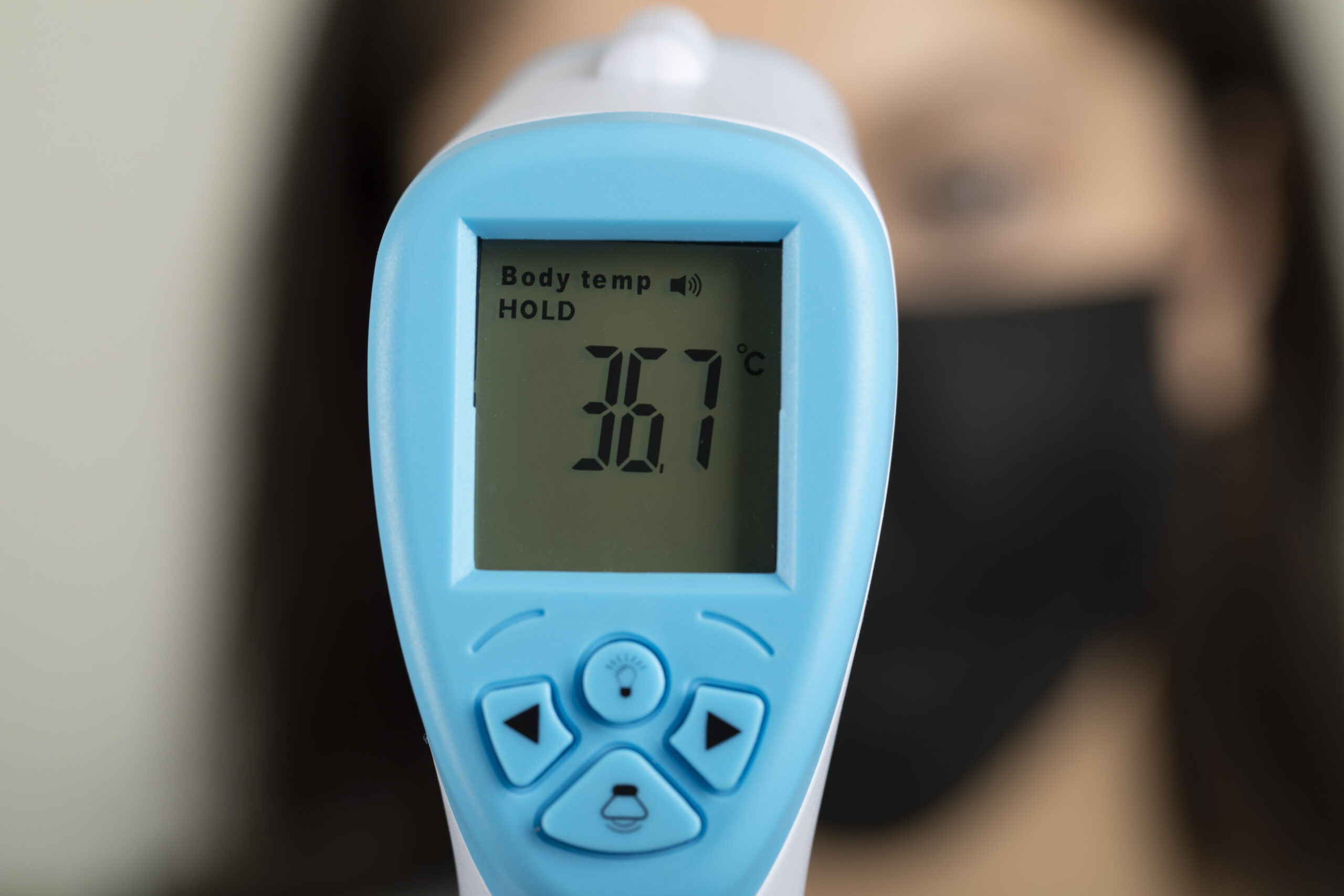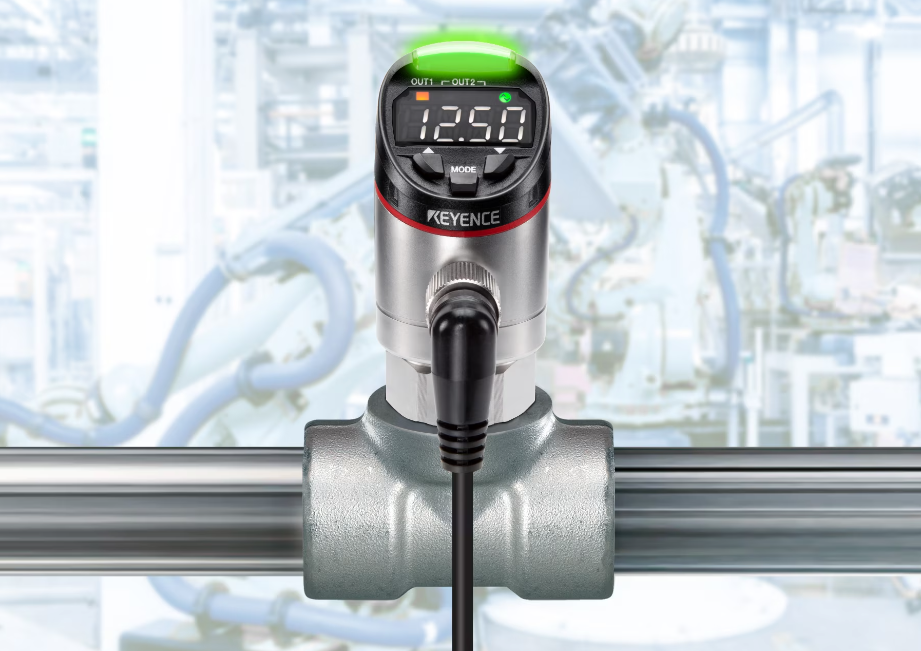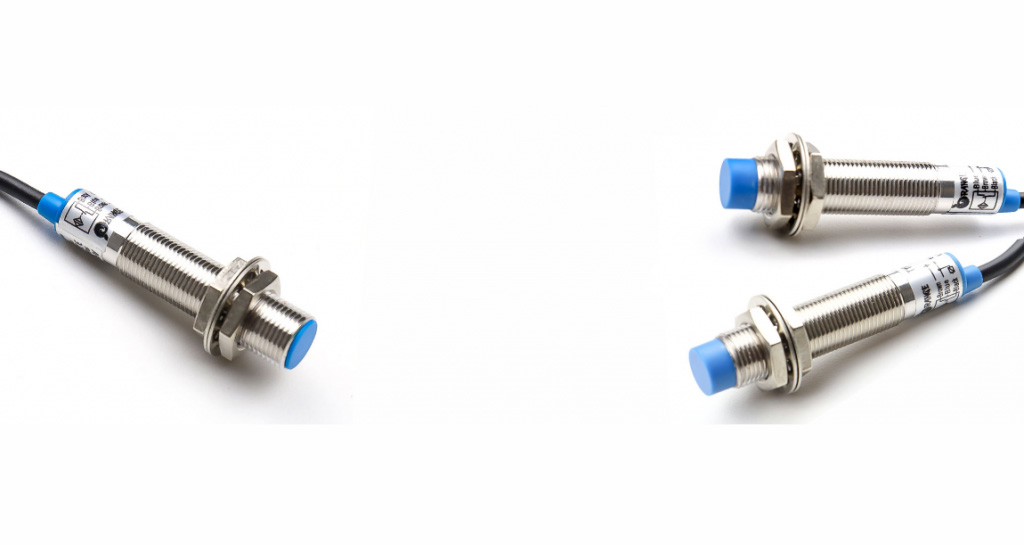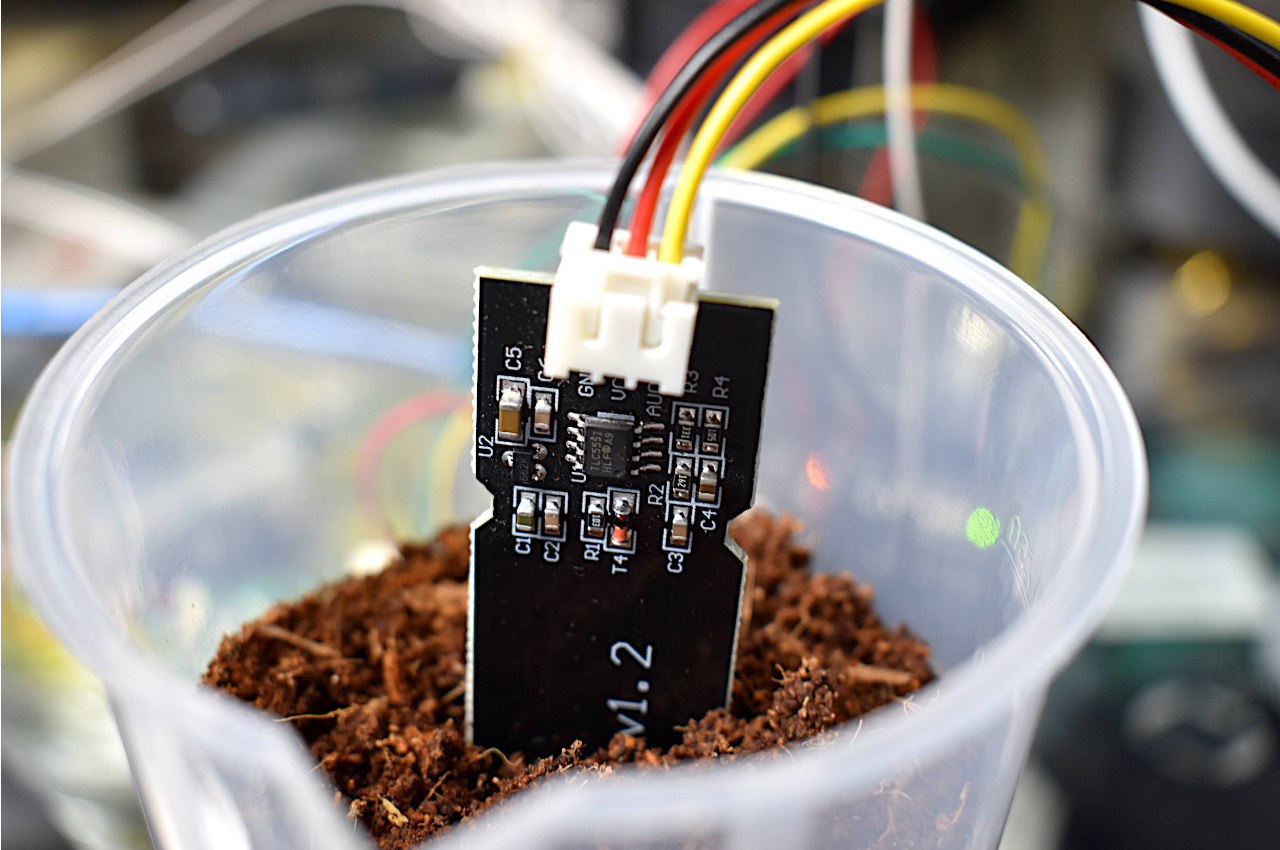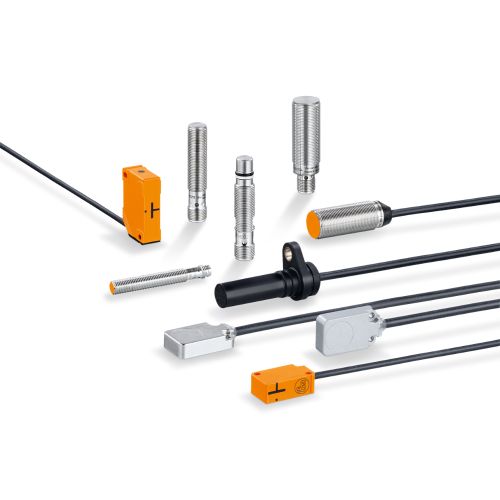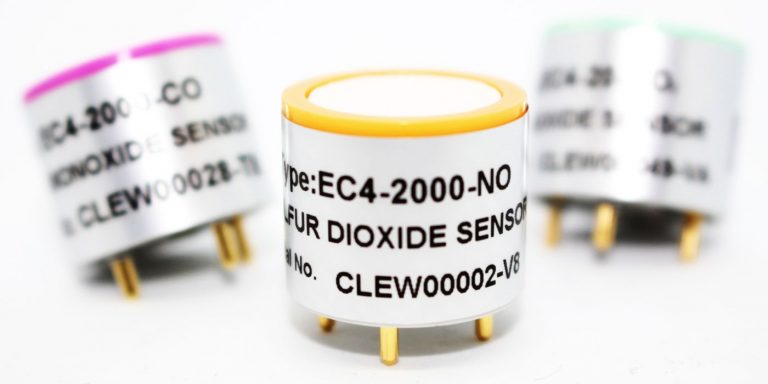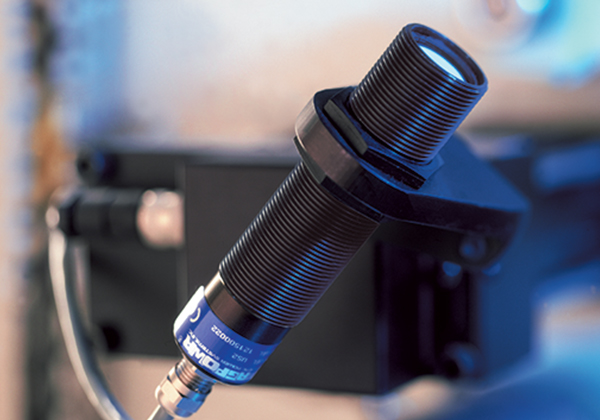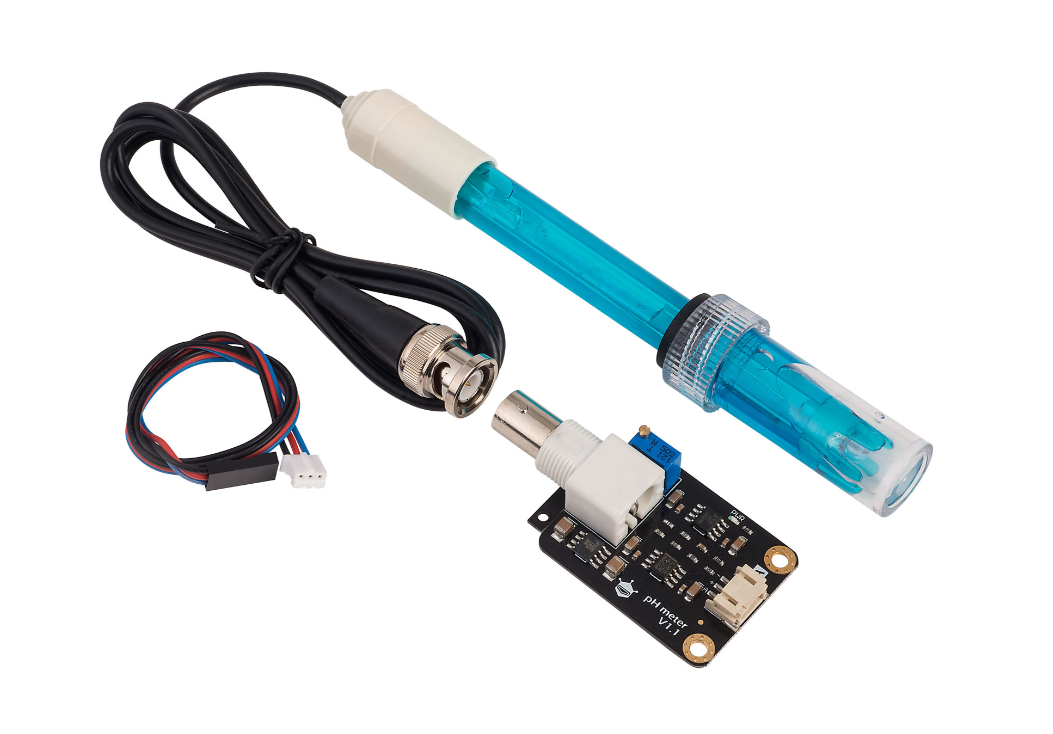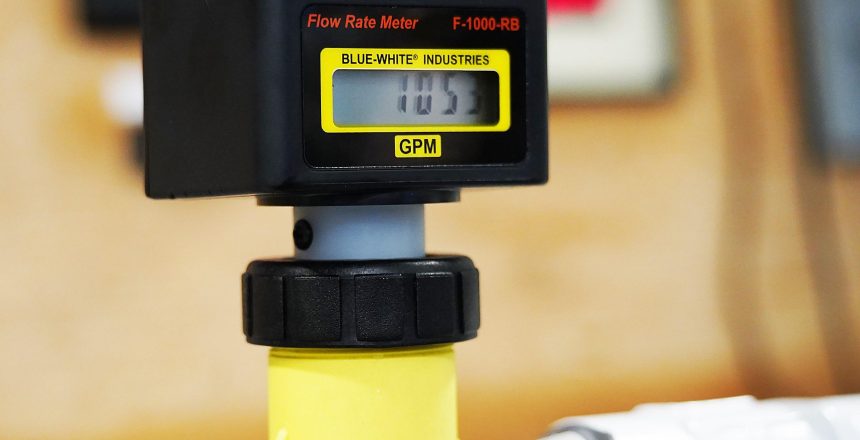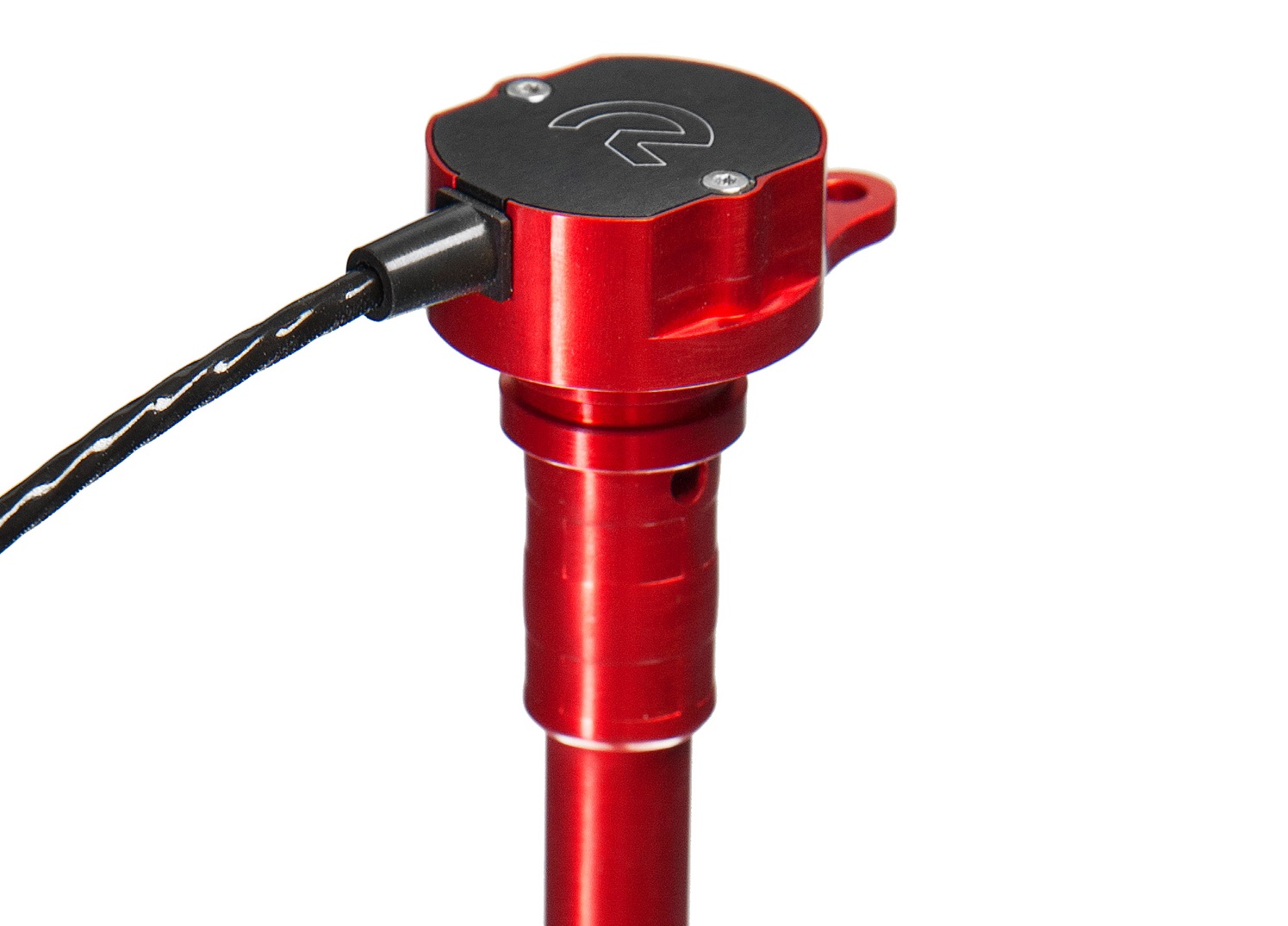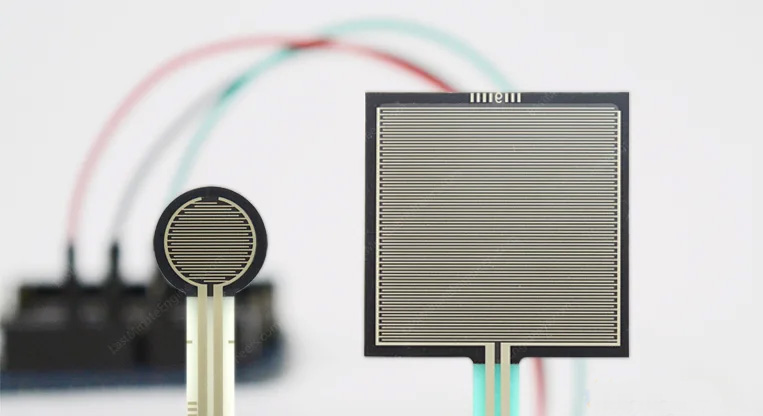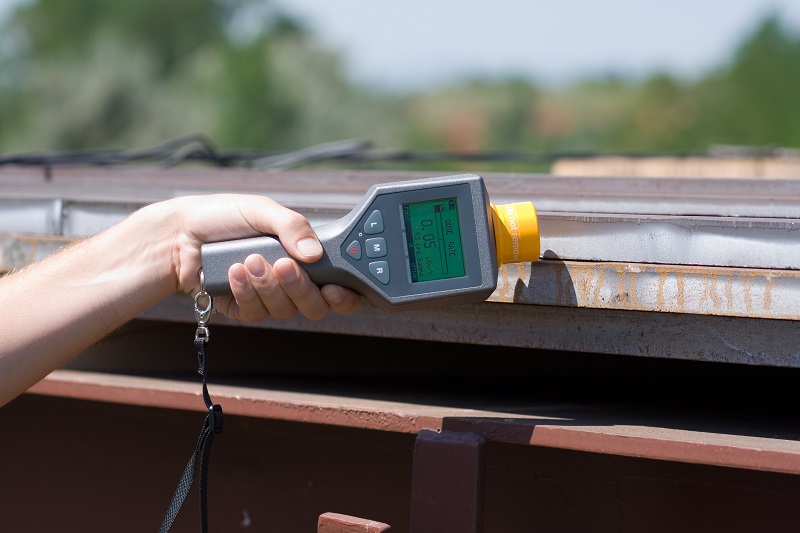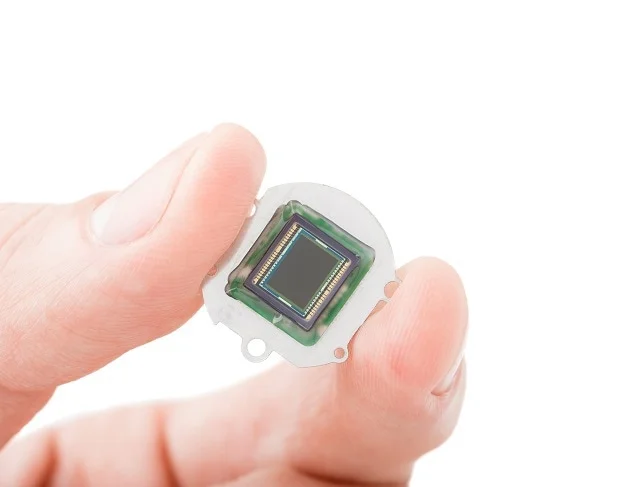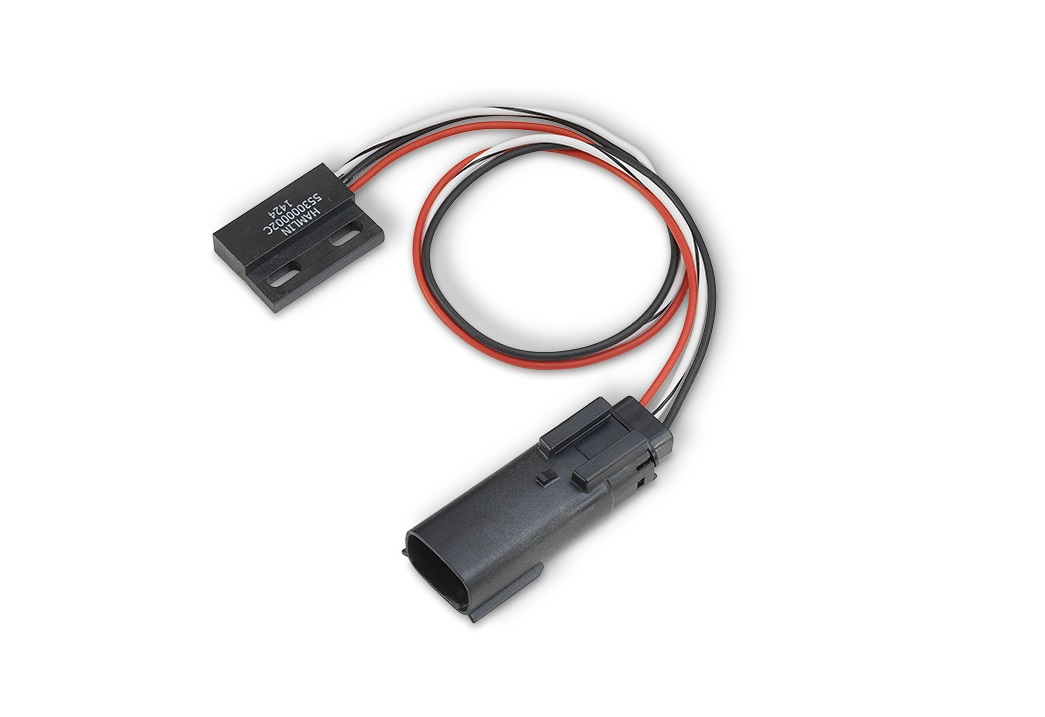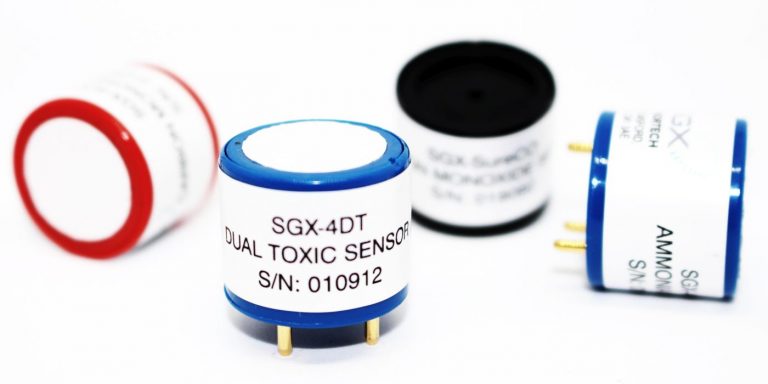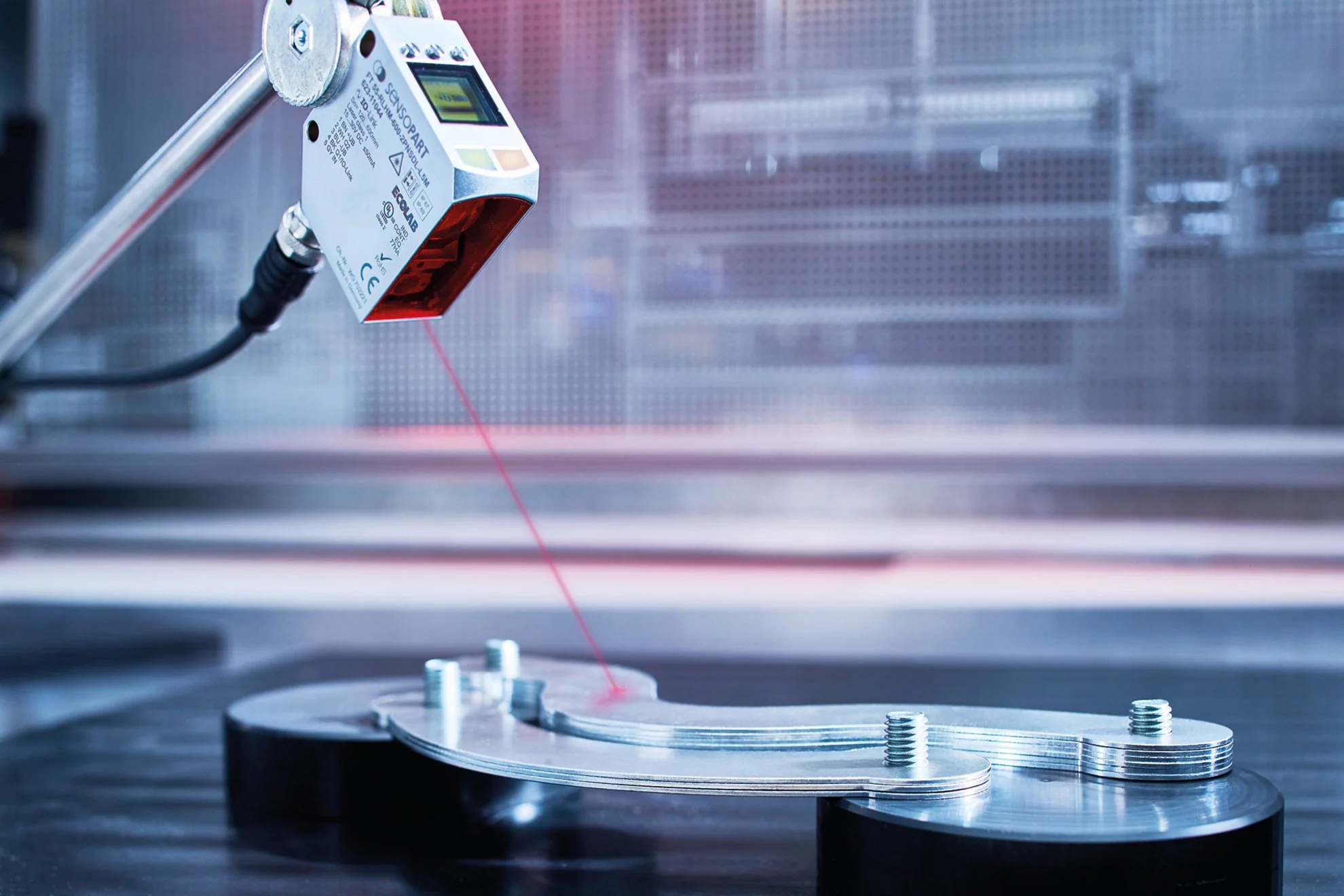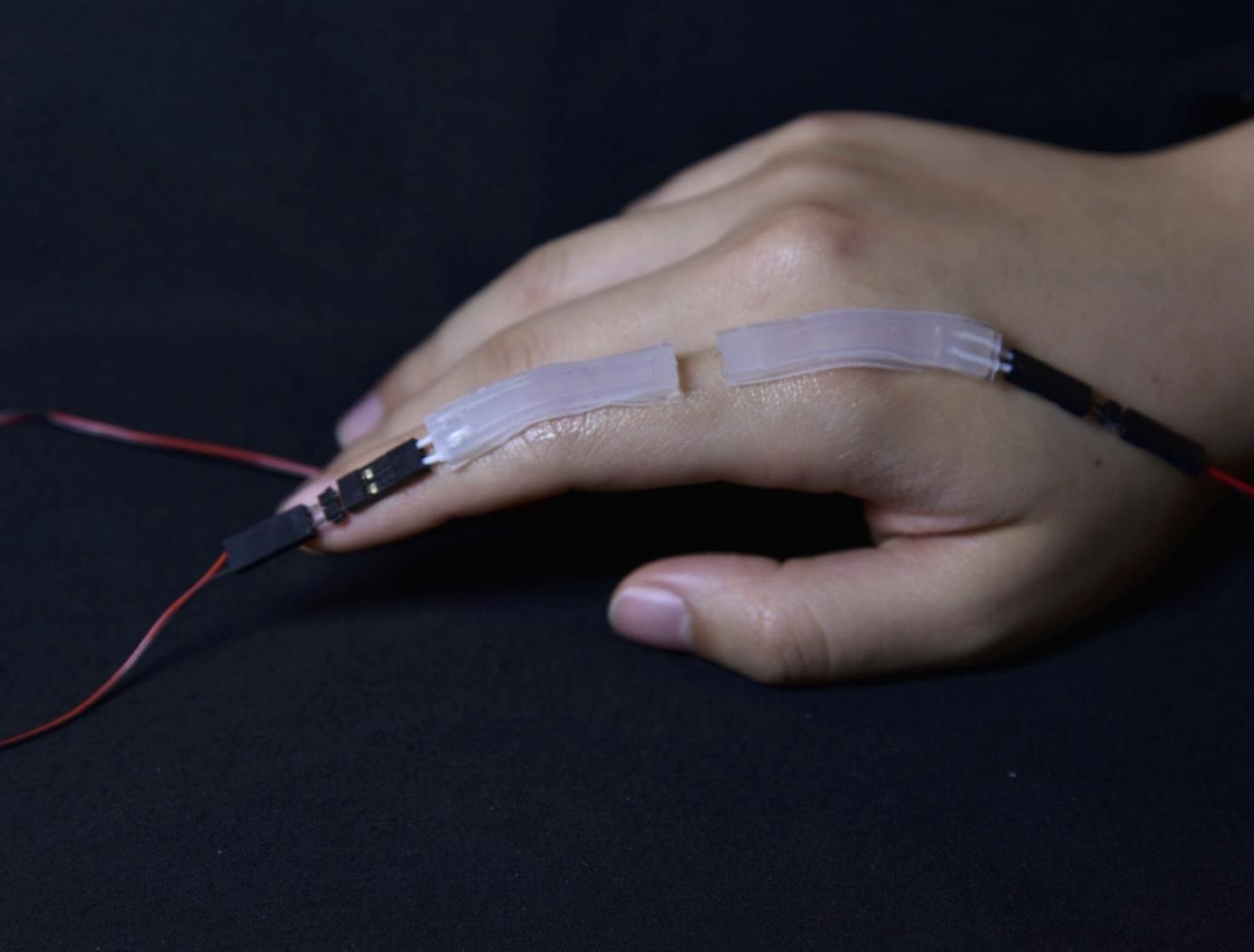
These sensors have different types and are generally divided into two categories, sensors that measure movement parameters and sensors that detect and measure any motion or movement and are usually used in security, robotics and game systems.
Motion sensors generally have different types. One group of them measures various movement parameters: such as the accelerometer sensor and gyroscope, and the other group; detect the movement of objects or creatures (motion detection sensors). First, we will examine the first type, i.e. measuring motion parameters sensors.
As you probably know, every movement consists of different parameters such as Velocity, Acceleration, displacement, Jerk and angular velocity, knowing each of these can be useful and help us in different cases.
Therefore, to measure the movement parameters mentioned above, sensors such as accelerometers, gyroscopes, magnometers, etc. have been designed and produced, which are used in many devices such as mobile phones, drones, robotics, etc. In the following, we will get to know these sensors a little more:
Accelerometer: An accelerometer is a type of motion sensor that detects and measures acceleration or changes in motion. It specifically measures linear acceleration, which refers to changes in velocity along a straight line. Accelerometers work based on the principle of inertia. They contain a small mass or proof mass that moves within the sensor when subjected to acceleration or motion. The movement of the mass generates a corresponding electrical signal which can be measured and interpreted to determine acceleration or changes in motion.
Accelerometers can detect acceleration in three axes: X, Y, and Z. This allows them to measure movements in any direction, including linear acceleration (such as forward/backward or side-to-side) and rotational or angular acceleration.
It is commonly used in various devices such as smartphones, wearable fitness trackers, and automotive systems.
Piezoelectric Accelerometers: These accelerometers use piezoelectric materials, such as quartz crystals, to measure acceleration. When subjected to acceleration, these materials generate a voltage proportional to the applied force. Piezoelectric accelerometers are preferred for their high sensitivity and wide frequency range.

Capacitive Accelerometers: Capacitive accelerometers use the principle of changes in capacitance to measure acceleration. They consist of a movable mass and fixed capacitors. Acceleration causes a displacement of the mass, changing the capacitance values, which is then converted into an electrical signal. Capacitive accelerometers are known for their high accuracy and low power consumption.
Piezoresistive Accelerometers: Piezoresistive accelerometers are another type of accelerometer commonly used for measuring acceleration. Unlike piezoelectric accelerometers, which generate a voltage signal, piezoresistive accelerometers measure changes in electrical resistance to determine acceleration.
Piezoresistive accelerometers typically consist of a thin silicon or polysilicon structure that contains resistors. When acceleration is applied, the structure deforms, causing a change in resistance. This resistance change is then converted into an electrical signal that can be measured and analyzed.
Some benefits of piezoresistive accelerometers include their high sensitivity, wide bandwidth, and low power consumption. They are commonly used in applications such as automotive systems, vehicle dynamics testing, vibration analysis, and general-purpose industrial measurements.
It’s important to note that there are various designs and configurations of piezoresistive accelerometers available on the market, each with its own unique features and specifications. The specific choice of a piezoresistive accelerometer depends on the requirements of the application, such as range, accuracy, frequency response, and environmental conditions.
Gyroscope: A gyroscope measures or detects angular velocity or changes in rotation around different axes. It provides information about the rate of change in orientation. Gyroscopes are used in devices that require precise motion tracking, such as drones, virtual reality systems, and navigation systems.
Magnetometer: A magnetometer measures the strength and direction of magnetic fields. It is often used to detect changes in orientation relative to the Earth’s magnetic field. Magnetometers can be found in compasses, navigation systems, and magnetic field mapping applications.
The second category of motion sensors are motion detection sensors. This type of Motion sensors are devices that detect movement or motion within a certain area. These sensors work by detecting changes in their surrounding environment, such as changes in heat, light, or sound waves. When these changes occur, the sensor sends a signal to a connected device or system, which then carries out a predetermined action based on the detected motion.
They are commonly used for security purposes, such as triggering alarms or turning on lights when someone enters a room or approaches a specific area. Motion sensors can also be used in other applications, like home automation systems or to control the operation of certain devices.
Overall, motion sensors play an important role in enhancing security, convenience, and energy efficiency in both residential and commercial settings. They provide an added layer of protection and help automate various functions, making our lives easier and more efficient.
How do motion sensors work?
As it was said earlier, Motion sensors work by detecting changes in their surrounding environment and converting those changes into electrical signals that can be interpreted as motion. The working principle may vary depending on the type of motion sensor, but here is a general overview:
Detection: Motion sensors are equipped with various technologies to detect motion. For example,
PIR sensors detect changes in the infrared radiation emitted by moving objects, while ultrasonic sensors emit sound waves and measure the reflection time to detect movement.

Signal Conversion: Once the motion is detected, the sensor converts it into an electrical signal. This process involves converting physical changes, such as temperature variations or reflected waves, into measurable electrical changes.
Signal Processing: The electrical signal is then processed using electronic components. This can involve amplification, filtering, or other signal conditioning techniques to enhance the detection accuracy and eliminate noise or false readings.

Output Generation: After processing the signal, the motion sensor generates an output that indicates the presence or absence of motion. The output can take different forms depending on the application, such as a digital signal (ON/OFF), an analog voltage level, or a control signal for triggering other devices.
Integration: Motion sensors are often integrated into larger systems or devices, such as security systems, lighting control systems, or smart home automation systems. They work in conjunction with other components to provide the desired functionality, such as activating lights when someone enters a room or triggering an alarm when unauthorized movement is detected.
It’s important to note that not all motion sensors work the same way, as different technologies have their own working principles. However, the underlying objective is always to detect and interpret changes in the surrounding environment to determine the presence or motion of objects.
Motion sensors types and their working principle
There are several types of motion sensors commonly used in various applications. Here are a few examples:
Passive Infrared (PIR) Sensors
Passive Infrared (PIR) sensors work by detecting the changes in infrared radiation emitted by objects within their field of view. Here is a step-by-step breakdown of their operation:
PIR sensors contain two or more pyroelectric sensors. Pyroelectric materials generate an electrical charge when exposed to heat, including infrared radiation.
The detection elements are arranged in a specific pattern behind a lens that helps focus the incoming infrared radiation onto them. This lens also determines the sensor’s field of view. The sensor’s field of view is divided into multiple zones or segments, each connected to a separate detection element. This allows the sensor to detect movement across its entire field of view.
When the environment is at a stable temperature, objects within the field of view emit a consistent amount of infrared radiation. This sets the baseline for the sensor’s operation.When an object moves into or out of the sensor’s field of view, it causes a disruption in the infrared radiation pattern reaching the detection elements. This change is detected as a variation from the established baseline.

The detection elements generate a small electrical charge in response to the detected change in infrared radiation. This charge is then amplified and processed by the sensor’s internal circuitry.
The processed electrical signal is compared to a preset threshold level. If the signal exceeds this threshold, it is considered a valid motion event, and the sensor is triggered.
The triggered sensor produces an output signal that can be utilized to activate various actions, such as turning on lights, sounding an alarm, or sending a notification to a connected device or system.
PIR sensors have a detection threshold, which is a minimum change in infrared radiation needed to trigger the sensor. This helps filter out small variations caused by ambient temperature changes or other non-relevant factors.
It’s important to note that PIR sensors only detect changes in infrared radiation and don’t provide any information about the shape, size, or identity of the object causing the movement. They are commonly used in applications such as security systems, lighting controls, and occupancy detection due to their reliability, low power consumption, and cost-effectiveness.
Ultrasonic Sensors
Ultrasonic sensors work by emitting high-frequency sound waves and detecting the echo when those sound waves bounce back after hitting an object. Here’s how they typically operate:
The ultrasonic sensor emits a burst of high-frequency sound waves, normally in the ultrasonic range (above 20 kHz). These sound waves are created by an internal piezoelectric transducer.
The emitted sound waves travel through the air at a constant speed until they encounter an object or obstacle in their path.
When the emitted sound waves reach an object, they bounce off or reflect back from its surface.
The ultrasonic sensor’s receiver, which is also a piezoelectric transducer, detects the echoes of the emitted sound waves.

The sensor measures the time it takes for the emitted sound waves to travel to the object and return as an echo. Using the known speed of sound in air, the sensor calculates the distance between itself and the object.
The received echo signals are amplified and processed by the sensor’s internal circuitry. The processing involves filtering out unwanted noise and distinguishing valid echoes.
Based on the time taken for the sound waves to travel and return, the sensor determines the distance to the object. This distance measurement is typically provided as an output by the sensor.
The measured distance information can be used to trigger various actions or control systems, such as activating doors, detecting objects for collision avoidance, or providing feedback for robotic navigation.
Ultrasonic sensors are commonly used in various applications, including industrial automation, robotics, parking assistance systems, distance measurement, object detection, and more. They offer reliable and non-contact distance sensing capabilities, albeit with some limitations, such as signal interference in very crowded or noisy environments.
Microwave Sensors
Microwave sensors, also known as radar sensors or Doppler radar sensors, work based on the principle of sending out microwave signals and detecting their reflections off objects. Microwave sensors emit continuous microwave signals and measure the changes in the reflected signals caused by moving objects. They are sensitive to both large and small movements and can penetrate through most materials. Here’s how they typically operate:
The microwave sensor emits continuous or pulsed microwave signals in a specific frequency range, usually in the gigahertz range. The emitted microwave signals travel through the air until they encounter an object or obstacle in their path. When the microwave signals hit an object, they reflect off its surface. The reflected signals are then picked up by the sensor’s receiver.
As the object moves, it causes a change in the frequency of the reflected microwave signals due to the Doppler effect. This frequency shift provides information about the object’s velocity.

The microwave sensor’s receiver detects and processes the reflected signals. It analyzes the frequency shift to determine whether there is a moving object present and extracts information about its speed and direction.
Based on the detected signals and their characteristics, the microwave sensor provides an output. This output can be used for various purposes, such as motion detection, presence sensing, speed measurement, traffic monitoring, and even vital sign monitoring in healthcare applications.
Dual Technology Sensors
Dual technology sensors, also known as dual tech sensors, combine two different motion detection technologies to enhance accuracy and reduce false alarms. This approach leverages the strengths of each technology while compensating for their individual limitations. The most common combination is a Passive Infrared (PIR) sensor and a microwave sensor.
Here’s how dual technology sensors generally work:
Dual technology sensors combine the readings from the PIR and microwave sensors. Both sensors must detect motion simultaneously or within a specific time frame to trigger a motion event. This reduces false alarms caused by triggers from one sensor alone, for example, the PIR sensor is affected by environmental factors such as heat sources, so if the PIR sensor issues motion detection information but the microwave sensor does not, it can be said that The information is caused by environmental factors, not by the detection of a real movement, so the device will not consider it as a movement and will not give an alarm.
Dual tech sensors often have adjustable parameters to fine-tune the sensitivity and detection range according to the specific application requirements. This allows for customization to minimize false alarms and optimize performance based on the environment they are placed in.
Dual technology sensors are commonly used in security systems, commercial buildings, and other applications where reliable motion detection with high accuracy is crucial. By combining the advantages of both PIR and microwave technologies, they provide robust and reliable motion sensing capabilities while minimizing false alarms.
Laser Sensors
Laser motion sensors emit laser beams and monitor the reflections to determine the presence or movement of objects. These sensors offer precise detection and are commonly used in robotics, automation, and industrial applications where accuracy is critical.
These are just a few examples of motion sensor types, and each has its own strengths and weaknesses. The choice of motion sensor depends on the specific application requirements, such as range, accuracy, power consumption, and environmental conditions.
Motion sensors applications
Motion sensors have a wide range of applications across various industries and settings. Here are some common examples:
Security Systems
Motion sensors play a fundamental role in security systems by detecting unauthorized movements and triggering alarms. They are commonly used in homes, offices, retail stores, and other facilities to protect against burglaries and intrusions.
Lighting Control
Motion sensors can be integrated into lighting systems to automatically turn lights on or off based on occupancy. This helps save energy by ensuring that lights are only activated when needed.
Home Automation
Motion sensors are often used in smart home setups to automate various tasks. For example, they can trigger the opening of doors or gates, adjust temperature settings, activate surveillance cameras, or even send notifications to homeowners’ smartphones.
Healthcare Monitoring
Motion sensors can be used in healthcare settings to monitor patients’ movements and provide assistance if they fall or need help. These sensors can also track activity levels, helping healthcare providers assess patients’ physical well-being.
Gaming and Virtual Reality
Motion sensors are widely used in gaming consoles and virtual reality systems to track players’ movements and translate them into in-game actions. This enhances the immersive experience and allows for more interactive gameplay.
Industrial Automation
Motion sensors are employed in industrial settings to automate processes and improve safety. They can detect the presence or absence of objects, trigger machinery operation, and ensure worker safety by stopping equipment when motion is detected.
These are just a few examples, but the applications of motion sensors are wide-ranging and continue to expand as technology advances.


